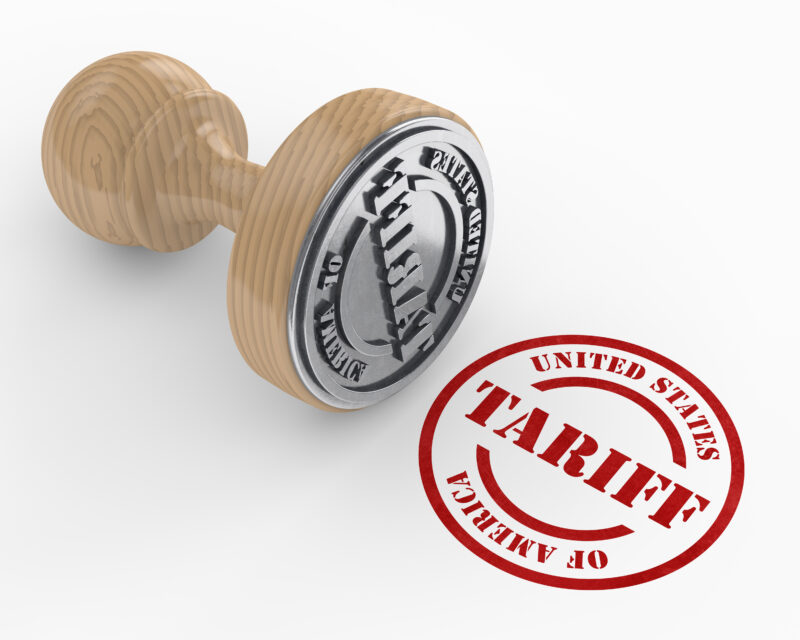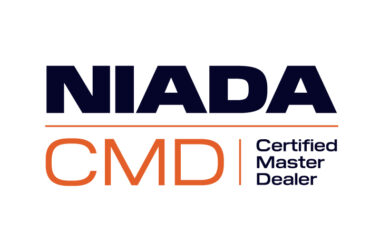The announced 25 percent tariffs on imported automobiles are set to go into effect Thursday, April 3.
President Donald Trump signed an executive order in March announcing the auto tariffs. The order additionally announced a 25 percent on certain imported auto parts no later than May 3.
The new tariffs followed previously implemented tariffs on steel and aluminum imports.
The tariffs are expected to impact not only new vehicle prices but also used vehicles.
“Tariffs are likely to be fairly inflationary for used vehicles. Our initial estimates on wholesale values could rise 2.2 percent this year (using a blend of our scenario outcomes) but may not rise quite as fast in 2026,” said Jeremy Robb, Cox Automotive’s Senior Director of Economic and Industry Insights. “However, there’s likely more inflationary pressure this year as consumers trade down, so it’s possible that values end up rising 2.8 percent year over year by the end of December (all else being equal).
“Longer term, there will be a trade-off. Several years of this tariff impact will cause more consumers to trade down from new to used. If tariffs cause the average price of a new unit to rise above $50,000 (which is likely given prices today), then even more consumers cannot or will not pay up for a new vehicle. As a result, some consumers will get priced out of new vehicles and must trade down to used vehicles, which puts more upward pressure on the value of used vehicles. Additionally, if we see higher used values, that will raise the value equation (higher Cox Automotive Lease Equity or CALE) of off-lease units – which are already in short supply – and even less of them could come back to the used-vehicle supply chain. All of those factors put upward pressure on demand for used vehicles and, therefore, on price.”
The wholesale used vehicle prices have risen in the past month and prices remain elevated well above 2019 levels. According to BlackBook, prices were up 0.17 percent this week after jumping 0.29 percent last week.
“The rate of increase slowed last week but remains above pre-pandemic levels of appreciation for this time of year. As we move into this week, with the anticipated 25 percent tariff on all imported vehicles into the U.S., we will be closely monitoring the market, expecting to see a rise in demand for used vehicles,” BlackBook noted.
Auction conversion rates are above 60 percent.
“We concluded the final full week of March, which featured some of the highest auction conversion rates we’ve observed in quite some time. The average conversion rate for March was 64 percent, with a peak of 66 percent for one week. However, total auction inventory for March declined compared to February,” BlackBook reported.
Certain auto parts may not be subject to the tariffs. According to the executive order, the tariff of 25 percent will not be applied “to automobile parts that qualify for preferential treatment under the USMCA until such time that the Secretary, in consultation with CBP, establishes a process to apply the tariff exclusively to the value of the non-U.S. content of such automobile parts and publishes notice in the Federal Register.”
An upcoming Annex to the order will provide additional guidance.
NIADA continues to monitor the latest on the tariffs and met with members of Congress last week to discuss the impact of rules and regulations to the independent automobile industry.










